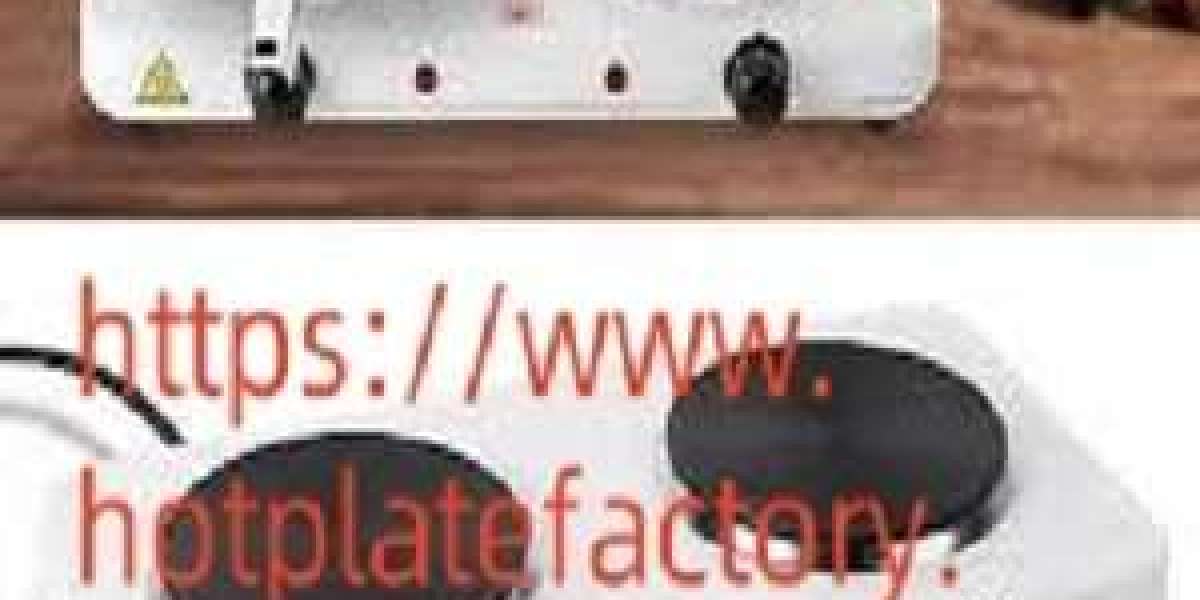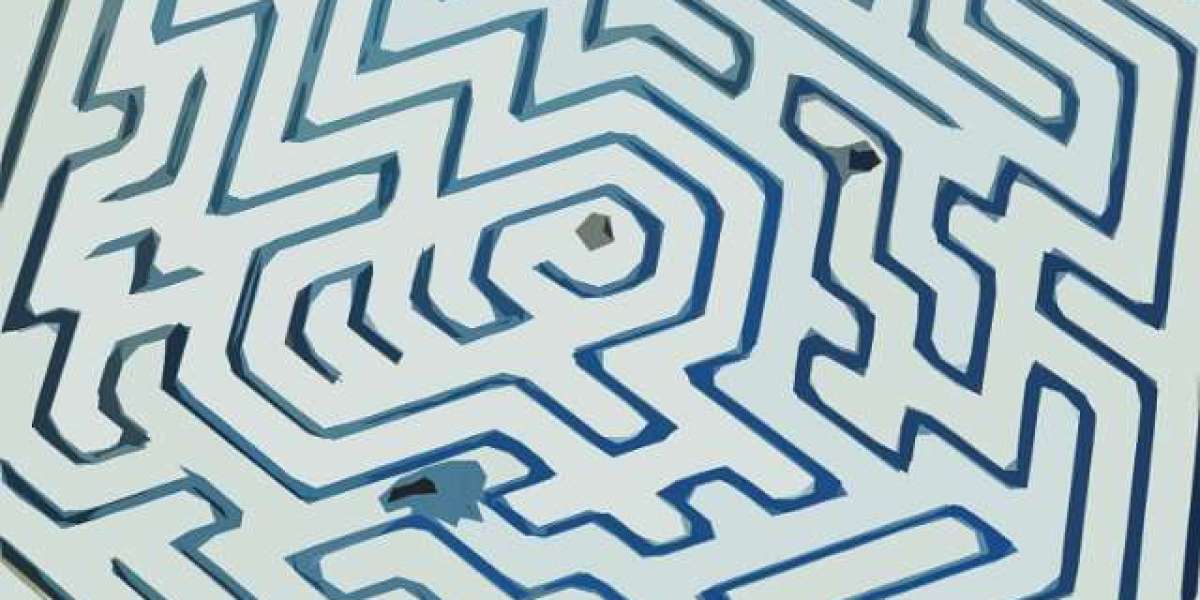The Ultimate Guide to Cat flap fitting (www.repairmywindowsanddoors.co.uk): A Comprehensive Overview
As any cat owner can testify, supplying a safe and convenient method for your feline buddy to get in and leave the house is essential. One popular service is a cat flap, a little door installed in a wall or door that permits your cat to come and go as it pleases. Nevertheless, fitting a cat flap requires cautious factor to consider and preparing to make sure that it is safe, secure, and efficient. In this post, we will explore the world of cat flap fitting, checking out the various types of cat flaps, the advantages and downsides of each, and offering a step-by-step guide on how to set up a cat flap in your house.
Types of Cat Flaps
There are a number of kinds of cat flaps readily available on the market, each with its distinct functions and advantages. A few of the most popular types of cat flaps consist of:
- Manual Cat Flaps: These are the most standard kind of cat flap and require your same-day cat flap installation to press the flap open with its head or paw.
- Magnetic Cat Flaps: These cat flaps use a magnetic closure to keep the flap shut, supplying added security and lowering drafts.
- Electronic Cat Flaps: These modern cat flaps use sensors and motors to open and close the flap, providing maximum benefit and security.
- Insulated Cat Flaps: These cat flaps are created to lower heat loss and keep your home warm, making them ideal for cooler environments.
Advantages of cat door for screen door Flaps
Cat flaps provide several benefits to both cats and their owners, including:
- Convenience: Cat flaps allow your cat to come and go as it pleases, lowering the requirement for constant door opening and closing.
- Security: Cat flaps offer a safe and protected way for your cat to get in and exit your home, reducing the risk of injury or escape.
- Energy Efficiency: Insulated cat flaps can help in reducing heat loss and keep your home warm, making them a cost-effective solution.
- Reduced Stress: Cat flaps can help in reducing tension and anxiety in felines, supplying them with a sense of flexibility and independence.
Drawbacks of Cat Flaps
While cat flaps offer a number of advantages, there are likewise some potential disadvantages to consider, consisting of:
- Security Risks: If not installed properly, cat flaps can position a security threat, enabling unwanted animals or intruders to enter your home.
- Drafts: If not insulated properly, cat flaps can develop drafts, reducing the energy effectiveness of your home.
- Maintenance: Cat flaps require routine maintenance to ensure they remain clean and functional.
How to Install a Cat Flap
Installing a cat flap is a relatively straightforward process, but it does need some preparation and preparation. Here is a detailed guide on how to set up a cat flap:
- Choose the Right Location: The location of your cat flap is essential, as it needs to be available to your cat and provide a safe and secure entry and exit point. Think about the height and area of the cat flap, as well as the surrounding area.
- Procedure the Opening: Measure the opening where you prepare to install the cat flap, considering the size of the flap and any surrounding obstructions.
- Cut the Opening: Use a saw or drill to cut the opening for the cat flap, making certain it is level and secure.
- Set up the Frame: Install the frame of the cat flap, utilizing screws or nails to protect it in place.
- Include the Flap: Add the flap to the frame, making certain it is securely attached and functions correctly.
- Add Any Additional Features: Add any extra functions, such as sensing units or motors, according to the maker's instructions.
- Check the Cat Flap: Test the cat flap to ensure it is working correctly and securely.
Advice
Here are some tips and techniques to remember when installing a cat flap:
- Use a level: Make sure the cat flap is level and secure to avoid any concerns with the flap opening and closing.
- Include insulation: Add insulation around the cat flap to reduce drafts and keep your home warm.
- Think about the size: Consider the size of your cat when picking a cat flap, as bigger felines may require a larger flap.
Frequently Asked Questions
Here are some frequently asked questions about cat flaps:
Q: What is the very best kind of cat flap for my home?A: The best type of cat flap for your home will depend on your particular needs and circumstances. Consider aspects such as security, energy performance, and convenience when selecting a cat flap.
Q: How do I keep my cat flap clean?A: To keep your cat flap tidy, routinely clean it down with a wet cloth and vacuum any particles or dirt.
Q: Can I set up a cat flap myself?A: Yes, you can set up a cat flap yourself, however it might need some DIY skills and knowledge. If you are unsure or unpleasant setting up a cat flap, think about speaking with a professional.
Conclusion
In conclusion, cat flaps are a convenient and protected way to supply your feline pal with access to the outdoors. With the ideal kind of cat flap and proper installation, you can enjoy the advantages of a cat flap while reducing the downsides. By following the tips and techniques described in this post, you can ensure a safe and safe installation that satisfies the requirements of both you and your cat flap installation guarantee.
Additional Resources
- Cat Flap Installation Guide: An extensive guide to installing a cat flap, consisting of detailed instructions and diagrams.
- Cat Flap Maintenance Tips: A list of tips and techniques for keeping your cat flap, consisting of cleansing and repair suggestions.
- Cat Flap Buying Guide: A guide to choosing the right cat flap for your home, consisting of considerations such as security, energy efficiency, and benefit.








